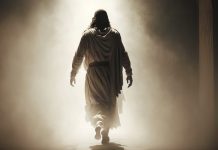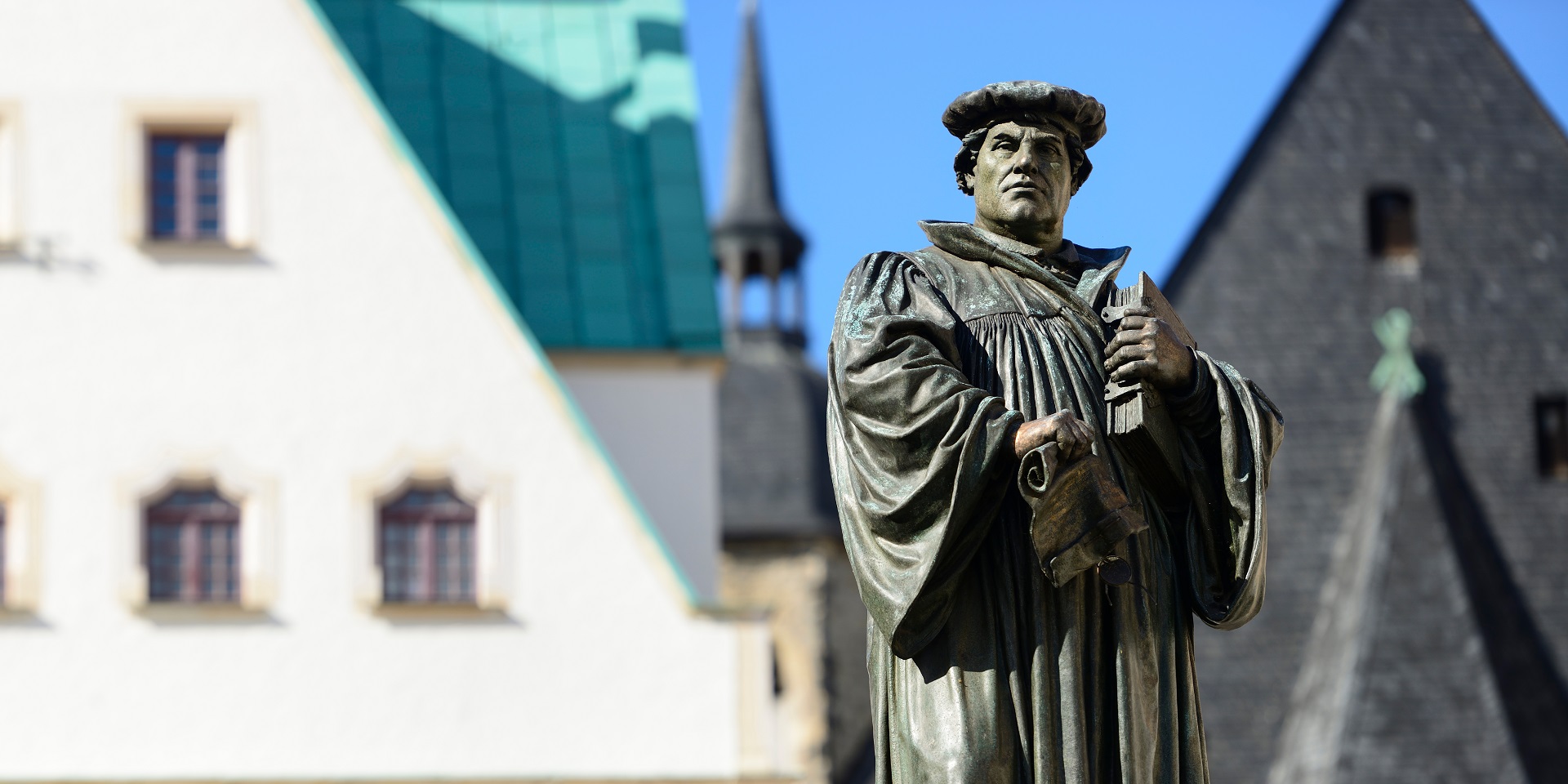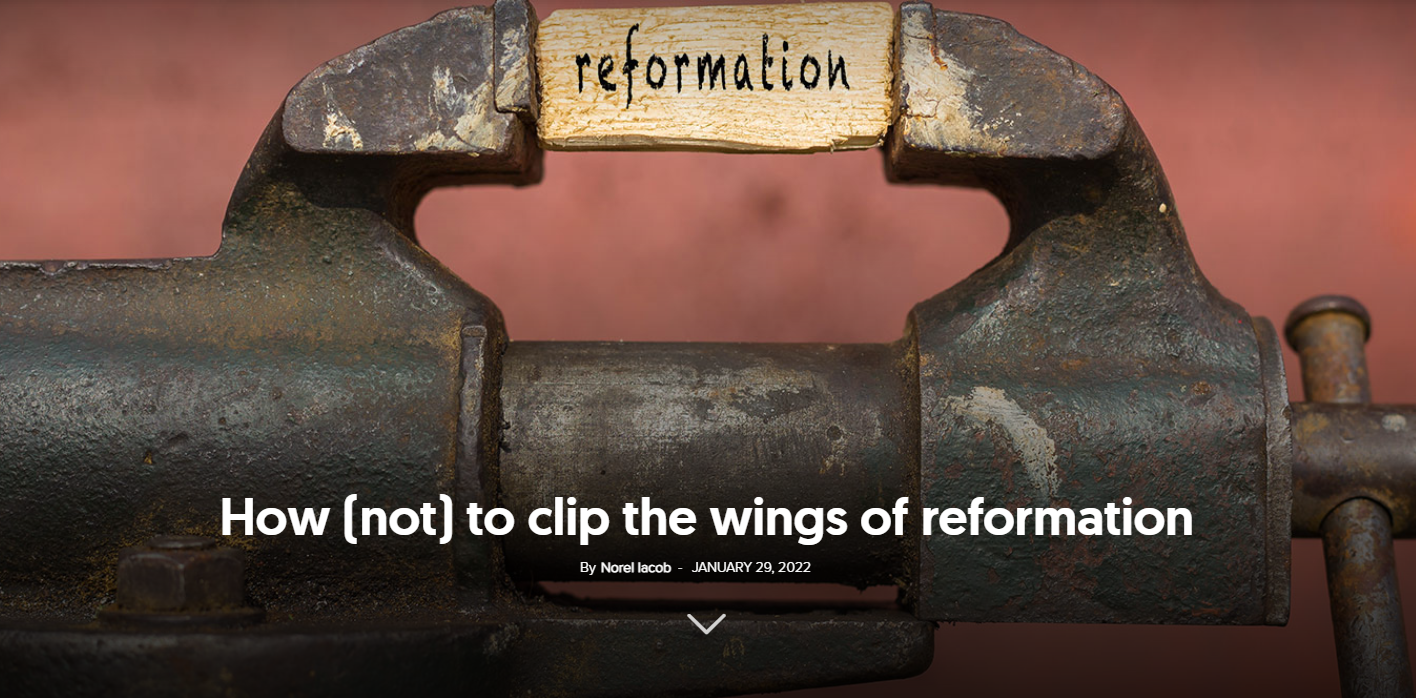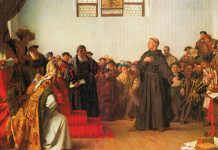The Protestant Reformation was a tumultuous river, the flow of which began to become visible in 1517. A significant contribution to this eruption was made by its tributaries, the (pre-) Reformation movements: the Waldenses, Albigensians, Lollards, Hussites, etc.—true springs of the main Protestant current, which took over their force in its flow through history.
All the dissonant voices, which paid for their expression in blood over the centuries, were gathered under the trumpet of the Reformation, whose blast shook the foundations of Europe. This unique phenomenon in the history of the world and of the church can also be deciphered with the help of the biblical concept of “remnant”—a religious remnant who passed on their unaltered values from one generation to the next.
A panoramic presentation of the development of Protestantism will shed light on events and characters such as: the Great Schism of 1054; the birth of the Waldensian Church in 1176; the Great Papal Schism of Avignon, in 1378, which eroded much of the authority of the Catholic Church; the work of John Wycliffe (1320-1384), “The Star of the Reformation”, who passed the baton on to Jan Hus, the founder of the Hussite reform movement in Bohemia, 1410, etc.
After the fall of Constantinople in 1453, several Eastern cultists and theologians on the shores of the Bosporus took refuge in Central Europe and influenced the Reformation, bringing classical Greek philosophy back to the attention of European universities. This paradigm of thinking developed in Italy under the name of Renaissance.[1]
Although the critical spirit of the Renaissance arose on a different scale from that of the Reformation, the leaders of the Reformation used it to rewrite the Christian foundations, which they related only to Scripture.[2] Another socio-economic factor that favoured the Reformation was the invention of the printing press by Johannes Gutenberg, which led to the printing of the Bible in 1455.
The world seemed ready for the outbreak of the Reformation, the twists and turns of history being ready to give birth to such a turning point in human history. In Switzerland, Ulrich Zwingli (1484-1531) independently reached conclusions similar to those discovered by Martin Luther (1483-1546).
The dispute over the physical or symbolic presence of Jesus at the Lord’s Supper (Luther still being dependent on the dogmatic Catholic system) prevented the two stalwarts of the Reformation from uniting. A little later, the ball of the Reformation was rolled by Jean Calvin, John Knox, and their successors.
In order not to mistake the Reformation for a schismatic embryonic movement, it should be noted that none of the reformers set out with such thoughts. The great humanist Erasmus of Rotterdam (1466-1536), a devout Catholic until his death, influenced the Reformation from the ramparts of the church he loved.
The medieval state and ecclesiastical monolith were on the verge of disintegration due to the dynamics of an expanding and reorganizing world. The unity of the Holy Roman German Empire in the West (the universal state) was questioned by the new concept of the territorial state. This change would relentlessly affect the religious monolith.
If the civilization of the ancient world was a “potamic” one (from the Greek, Potamos, meaning “river”), following the great river networks, the civilization of the Middle Ages was a “thalassic” world (gr. Thalassa, “sea”), developing around the seas—especially around the Mediterranean, the “Great Sea”. The world in which Luther lived had begun to revolve around the oceans, with the discoveries of Christopher Columbus and the European navigators[3].
In 1517, as Luther paved the way for the Reformation by nailing the 95 theses on the door of Wittenberg Cathedral, Spanish navigators discovered Central America. In 1522, the year Luther translated the New Testament into German, Magellan’s ship sailed around the world.
Ottoman incursions were also included in the panoply of (geo)political factors that influenced the Reformation. Every time Charles V began to solve the “problem of Germany”—the Protestant schism—the Turks arrived at the gates of Europe. Without any previous agreement, the Ottomans and Protestants saved each other. Protestants preferred “the Ottoman turban to the pope’s tiara.”[4] From the point of view of the Reformers, in the divine plan the Ottomans were the Flagellum Dei— “scourge of God”.
Despite the expansion of geographical horizons, Luther’s world was intensely experiencing the great struggle between good and evil. Martin Luther was convinced that his world was living in its last days, and that eschatological events would unfold quickly. The great actors of the sixteenth century made decisions based on their belief in this paradigm: “The historical actors of the sixteenth-century reform movements defended and justified their actions as part of a God-led historical drama. At the root of the conflict between Protestant reformers and the Catholic Church is this drama. The identity of Christians in the Middle Ages derives from the past of the apostolic church and from the historical future of the second coming of Christ. For 16th-century Christians, this historical model gives meaning to their experience.”[5]
Martin Luther
In 1517, Luther entered into open conflict with the monk Tezel over the sale of indulgences. On October 31, 1517, Luther exhibited the 95 theses on the door of the Wittenberg Cathedral to condemn the indulgences.
In essence, Luther’s reformation meant a return to the Scriptures and the teaching of “salvation by faith,” a salvation that cannot be bought by practicing church rituals. Although Pope Leo X excommunicated Luther in 1520 through the Exurge Domine bull, with the support of powerful princes such as Frederick of Saxony, the Augustinian monk denounced a number of abuses of the Catholic Church.
The emblematic words spoken by the reformer before the Diet: “I cannot and I will not retract, for it is unsafe for a Christian to speak against his conscience. Here I stand, I can do no other; may God help me. Amen,” is a source of inspiration for those who want to listen more to God than to people.
In the treatises of 1520 (“Open Letter to the Christian Nobility of the German Nation Concerning the Reform of the Christian Estate,” “The Babylonian Captivity of the Church,” and “On the Freedom of a Christian”) Luther wrote against the pope’s infallibility, which he contrasted with the priesthood of all believers. “The Pope cannot alone be right; else we must say, ‘I believe in the Pope of Rome,’ and reduce the Christian Church to one man, which is a devilish and damnable heresy. Besides that, we are all priests, as I have said, and have all one faith, one Gospel.”[6]
“I scarcely doubt that the Pope is the Antichrist expected by the world.”[7] In “The Babylonian Captivity of the Church,” Luther denied the sacramental character of the church, giving credit only to baptism, the Eucharist, and, to some extent, to repentance. The worst was the mutilation of the Eucharist, Luther said, because the chalice was taken from the laity. The mystery of repentance had been distorted by the shameful traffic of indulgences. “Back to the gospel!” Luther demanded.
In the Diet of Worms (June 1521), in a dispute with the Catholic theologian Johann Eck, Luther reaffirmed his cardinal points about faith: the pope has no absolute authority, only Scripture does, and salvation can be gained only by faith and grace. The three great guiding stars of Lutheran teachings are: Sola Scriptura, Sola Fide, and Sola Gratia.
Placed in a pillory, Luther was abducted by Frederick’s soldiers, and he lived in the Wartburg Castle for the next two years, where he translated the New Testament into vernacular German. He thus followed in the footsteps of Peter Valdo and John Wycliffe. The translation of the Bible into the vernacular European languages significantly contributed to the birth of the spirit of national identity. Some of the reformers are considered to be the founders of national languages and states.[8]
Escaping from Rome’s authority was necessary for the development of the Reformation, but in the short run it generated a vacuum of authority in all social circles. The German peasants, oppressed by the feudal yoke, applied the freedom of the individual before God to the problems they faced, demanding the elimination of feudal abuses.
Initially, in response to the peasant revolts of 1525, led by Thomas Müntzer, Luther mediated between the lords and the revolted peasants, asking them in the name of the Lord not to turn Germany into a battlefield.
In May 1525, following the violent attacks of the peasants on the rulers’ castles, and on the monasteries and churches, Luther wrote “Against the Murderous, Thieving Hordes of Peasants,” in which he denounced the peasants in vulgar language. The Reformer, a perfect exponent of the Furor Teutonicus, launched violent attacks on Jews, Catholics, Anabaptists, and Turks.
To fill this authority void, in 1530 Philip Melanchthon, Luther’s disciple, wrote the “Augsburg Confession,” a document outlining the basic ideas of the Lutheran faith. Luther’s followers became a political faction, and in 1531 the “Schmalkalden League” was formed, under the umbrella of which all those dissatisfied with the abuses of the Catholic Church and the policy of Emperor Charles V were grouped.
Protestants intensely negotiated the armed aid demanded by Catholics in the fight against the Ottomans, under the auspices of the slogan: “No aid without at least one concession.”[9] After the Religious Peace of Augsburg in 1555, which ended the era of religious wars between the Protestant League and the Catholic armies, the principle cuius regio, eius religio was applied— “the religion of the prince becomes the religion of their land”—an innovative principle that granted religious freedom to Protestants.
Protestantism became a strong religion in areas such as Germany and Scandinavia, but also in Transylvania, where politics has supported the religious area. Strong princes and nobles from all over Europe took on the role of patron of the Reformation. The Catholic Church soon realized that it was in dire need of structural reform, which happened under the name of Counter-Reformation.
The history of Protestantism has carried us like a river through all the beautiful and thrilling places of the rebirth of the apostolic faith, under the incentive of the Reformation’s “Marseillaise”, the hymn “Ein feste Burg ist unser Gott” (“A Mighty Fortress Is Our God”). The river has multiplied into several streams, like the branches of a tree: Calvinism, Zwinglianism, Anglicanism, Anabaptism, Unitarianism, Puritanism, Pietism, Methodism, Baptism, and its more recent derivatives: Adventism, the United Brethren, Pentecostalism, and so on.
Daniel Niţulescu describes the context in which the Protestant Reformation became necessary and possible, but especially impactful. He feels that the Reformation has had the impact of a river that has brought new life to the entire territory of the old continent.




















